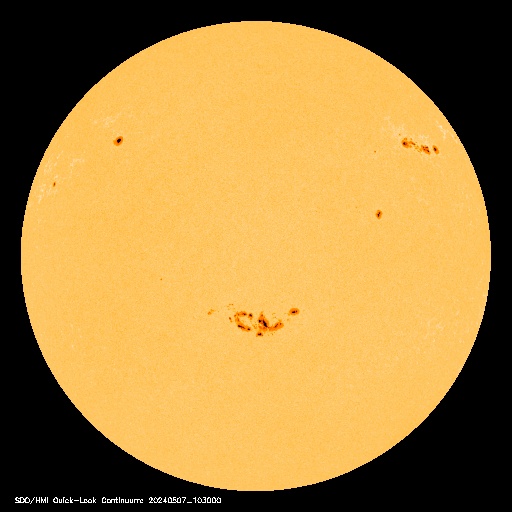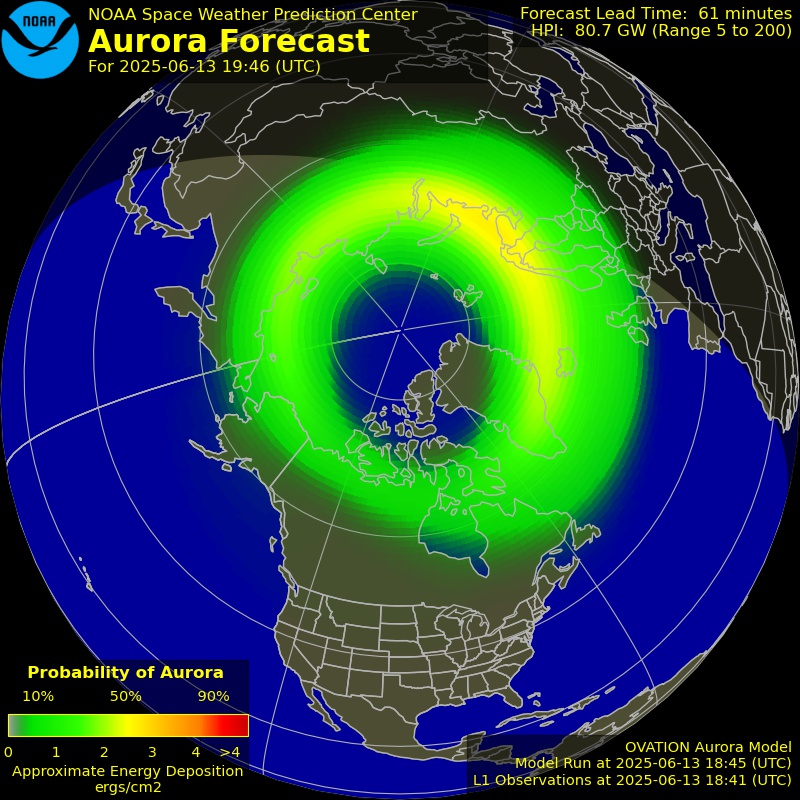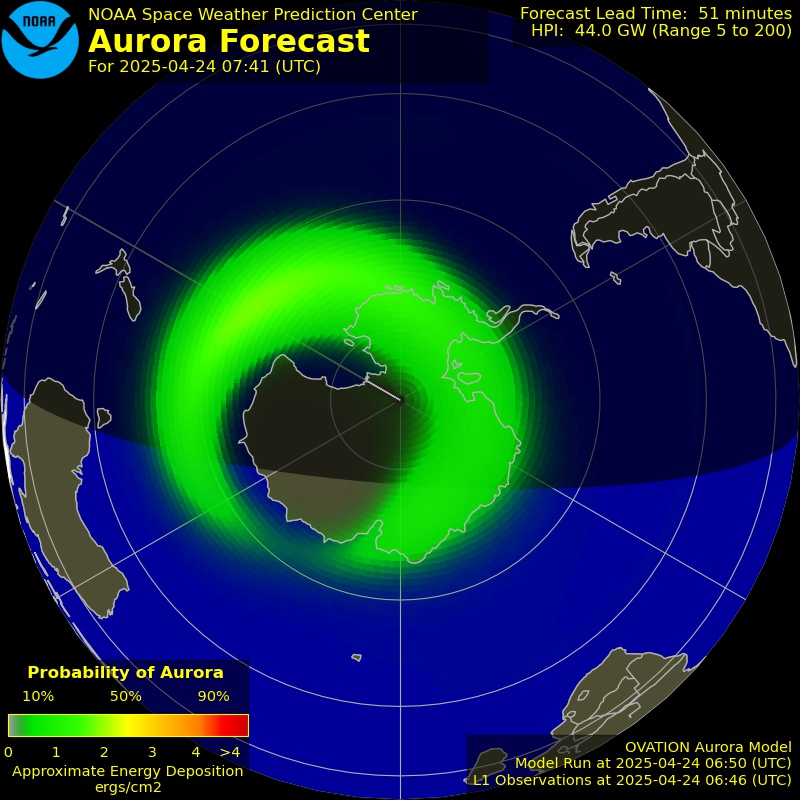Twin lunar-orbiting NASA spacecraft that have allowed scientists to learn more about the internal structure and composition of the moon are being prepared for their controlled descent and impact on a mountain near the moon’s north pole at about 2:28 p.m. PST (5:28 p.m. EST) Monday, Dec. 17.

Last Flight for GRAIL’s Twin Spacecraft: This still image and animation shows the final flight path for NASA’s twin Gravity Recovery and Interior Laboratory (GRAIL) mission spacecraft, which will impact the moon on Dec. 17, 2012, around 2:28 p.m. PST. Their successful prime and extended science missions now completed, the twin GRAIL spacecraft Ebb and Flow are being sent purposefully into the moon because their low orbit and fuel state precludes further scientific operations. The animations were created from data obtained by NASA’s Lunar Reconnaissance Orbiter. Image credit: NASA/JPL-Caltech/GSFC/ASU
Ebb and Flow, the Gravity Recovery and Interior Laboratory (GRAIL) mission probes, are being sent purposely into the lunar surface because their low orbit and low fuel levels preclude further scientific operations. The duo’s successful prime and extended science missions generated the highest-resolution gravity field map of any celestial body. The map will provide a better understanding of how Earth and other rocky planets in the solar system formed and evolved.
“It is going to be difficult to say goodbye,” said GRAIL principal investigator Maria Zuber of the Massachusetts Institute of Technology in Cambridge. “Our little robotic twins have been exemplary members of the GRAIL family, and planetary science has advanced in a major way because of their contributions.”
The mountain where the two spacecraft will make contact is located near a crater named Goldschmidt. Both spacecraft have been flying in formation around the moon since Jan. 1, 2012. They were named by elementary school students in Bozeman, Mont., who won a contest. The first probe to reach the moon, Ebb, also will be the first to go down, at 2:28:40 p.m. PST. Flow will follow Ebb about 20 seconds later.
Both spacecraft will hit the surface at 3,760 mph (1.7 kilometers per second). No imagery of the impact is expected because the region will be in shadow at the time.
Ebb and Flow will conduct one final experiment before their mission ends. They will fire their main engines until their propellant tanks are empty to determine precisely the amount of fuel remaining in their tanks. This will help NASA engineers validate fuel consumption computer models to improve predictions of fuel needs for future missions.
“Our lunar twins may be in the twilight of their operational lives, but one thing is for sure, they are going down swinging,” said GRAIL project manager David Lehman of NASA’s Jet Propulsion Laboratory in Pasadena, Calif. “Even during the last half of their last orbit, we are going to do an engineering experiment that could help future missions operate more efficiently.”
Because the exact amount of fuel remaining aboard each spacecraft is unknown, mission navigators and engineers designed the depletion burn to allow the probes to descend gradually for several hours and skim the surface of the moon until the elevated terrain of the target mountain gets in their way. The burn that changed the spacecrafts’ orbit and ensurde the impact was scheduled to take place Friday morning, Dec. 14.

GRAIL’s Final Resting Spot: These maps of Earth’s moon highlight the region where the twin spacecraft of NASA’s Gravity Recovery and Interior Laboratory (GRAIL) mission will impact on Dec. 17, marking the end of its successful endeavor to map the moon’s gravity. The two washing-machine-sized spacecraft, named Ebb and Flow, will impact at an unnamed mountain near the moon’s North Pole. These maps are from NASA’s Lunar Reconnaissance Orbiter. Image credit: NASA/GSFC
“Such a unique end-of-mission scenario requires extensive and detailed mission planning and navigation,” said Lehman. “We’ve had our share of challenges during this mission and always come through in flying colors, but nobody I know around here has ever flown into a moon mountain before. It’ll be a first for us, that’s for sure.”
During their prime mission, from March through May, Ebb and Flow collected data while orbiting at an average altitude of 34 miles (55 kilometers). Their altitude was lowered to 14 miles (23 kilometers) for their extended mission, which began Aug. 30 and sometimes placed them within a few miles of the moon’s tallest surface features.
JPL manages the GRAIL mission for NASA’s Science Mission Directorate in Washington. The mission is part of the Discovery Program managed at NASA’s Marshall Space Flight Center in Huntsville, Ala. Lockheed Martin Space Systems in Denver built the spacecraft. JPL is a division of the California Institute of Technology in Pasadena.
NASA To Provide Commentary For Mission End
NASA will provide live commentary of the scheduled lunar surface impacts of its twin Gravity Recovery and Interior Laboratory (GRAIL) spacecraft beginning at 2 p.m. PST (5 p.m. EST, 10pm GMT) Monday, Dec. 17. The event will be broadcast on NASA Television and streamed on the agency’s website.
The two probes will hit a mountain near the lunar north pole at approximately 2:28 p.m. PST Monday, bringing their successful prime and extended science missions to an end.
Commentary will originate from the control room at NASA’s Jet Propulsion Laboratory in Pasadena, Calif. Coverage will last about 35 minutes and include live interviews with GRAIL team members. GRAIL’s final resting place on the moon will be in shadow at the time of impact, so no video documentation of the impacts is expected.
Data from the GRAIL twins are allowing scientists to learn about the moon’s internal structure and composition in unprecedented detail. The two probes are being sent purposely into the moon because they do not have enough altitude or fuel to continue science operations.
For NASA TV streaming video, schedule and downlink information, visit: http://www.nasa.gov/ntv . The coverage will also be streamed live on Ustream at: http://www.ustream.tv/nasajpl2 .
Join the conversation on Twitter by following the hashtag #GRAIL. To learn more about all the ways to connect and collaborate with NASA, visit: http://www.nasa.gov/connect .
For the mission’s press kit and other information about GRAIL, visit: http://www.nasa.gov/grail . You can follow JPL News on Facebook at: http://www.facebook.com/nasajpl and on Twitter at: http://www.twitter.com/nasajpl .
More information about GRAIL .
Filed under: The Moon



















